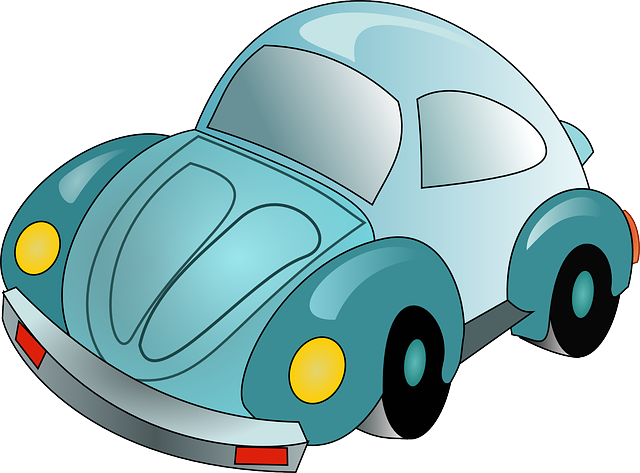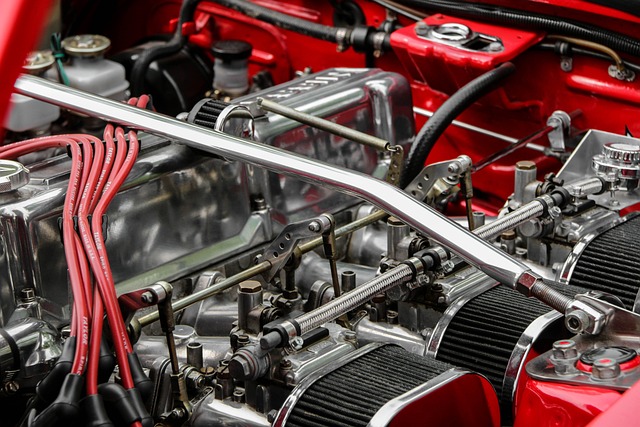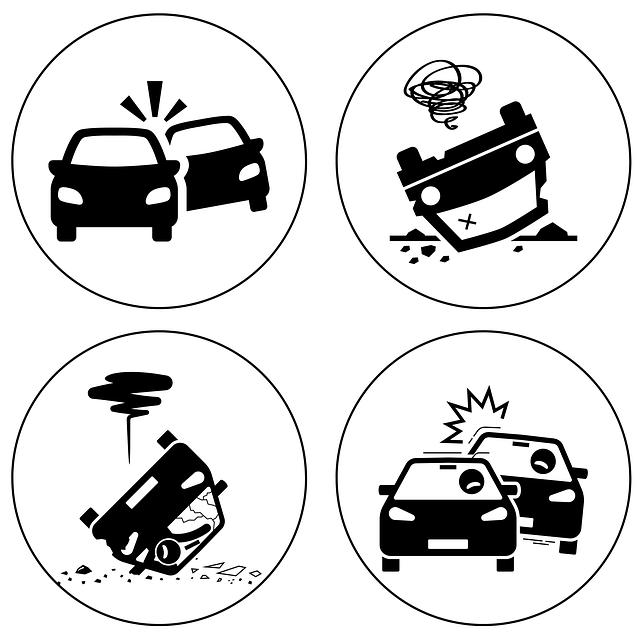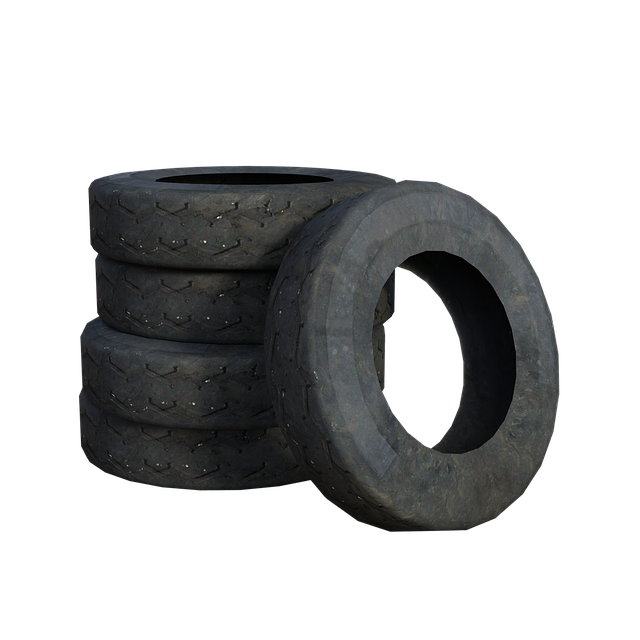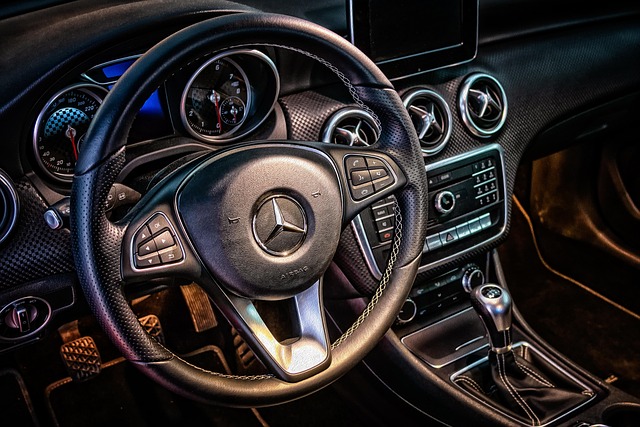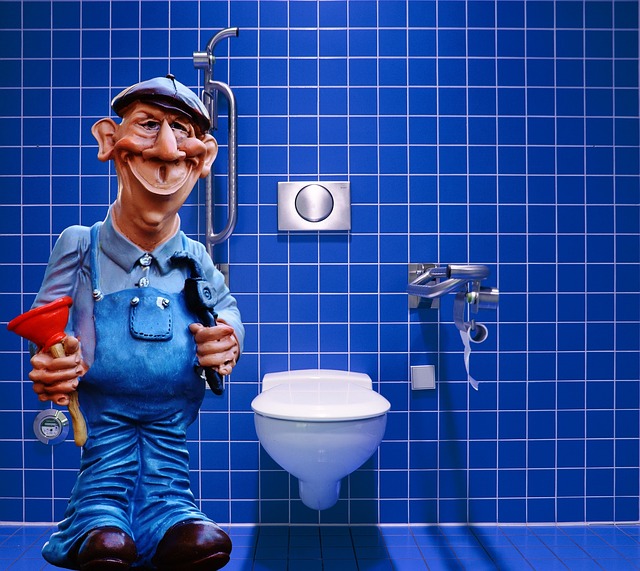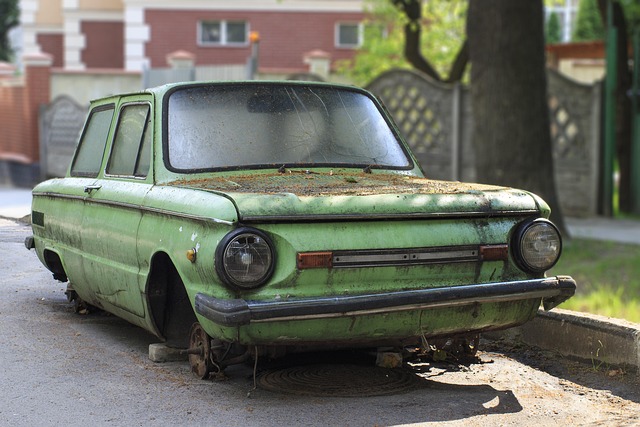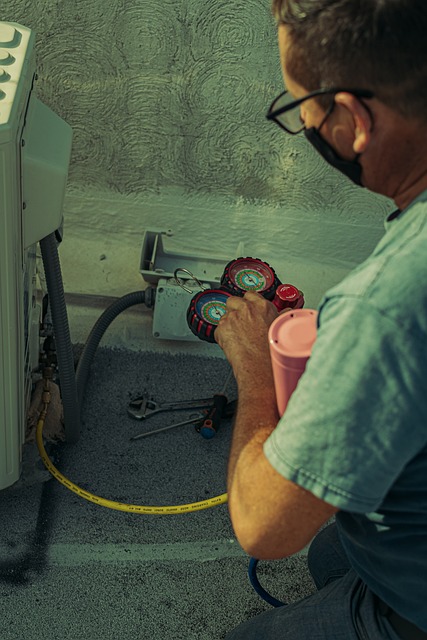PDR (Professional Detailing Repair) tools have transformed auto repairs for minor dents and dings, offering efficient, cost-effective, and non-invasive solutions. These specialized devices, including mallets, suction cups, and dent pullers, allow detailers to precisely manipulate and remove dents without damaging paintwork. PDR is a versatile and sustainable option for both professionals and DIY enthusiasts, ensuring top-notch auto body restoration. Choosing the right PDR tools, considering damage types, ergonomics, weight, and ease of use, is crucial for collision centers and repair specialists to deliver efficient service across diverse repair tasks.
In the realm of automotive repair, Professional Detailing (PDR) tools play a crucial role in addressing common yet frustrating issues like door dings and small dents. This article delves into the essential PDR tools designed for effective and efficient repairs. From understanding the fundamental role of these tools to exploring various types and providing a comprehensive guide for professionals, we equip you with knowledge to navigate this vibrant market. By arming yourself with the right PDR tools, you can enhance your repair capabilities and customer satisfaction.
- Understanding PDR Tools: Their Role in Repairing Door Dings and Small Dents
- Types of Essential PDR Tools for Effective Repairs
- Choosing the Right PDR Tools: A Comprehensive Guide for Professionals
Understanding PDR Tools: Their Role in Repairing Door Dings and Small Dents
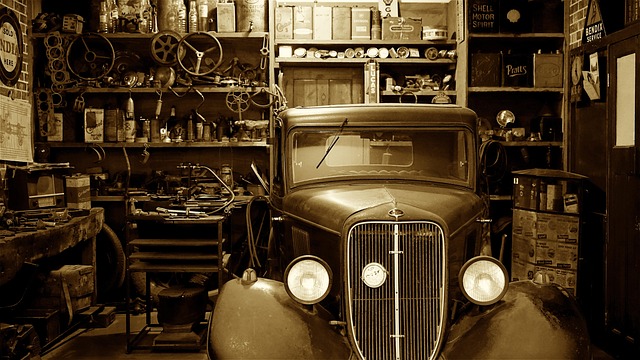
PDR tools have emerged as indispensable assets in the automotive repair industry, particularly for addressing door dings and small dents. These specialized devices play a pivotal role in car bodywork services by offering efficient, cost-effective, and non-invasive solutions for dent removal. By leveraging the expertise of professional auto detailers, PDR techniques allow for precise manipulation of affected areas without damaging the surrounding paintwork or paneling.
The versatility of PDR tools is particularly notable when it comes to fine-tuning minor imperfections, ensuring that vehicles maintain their pristine aesthetic appeal. This innovative approach to auto detailing not only preserves the value of the vehicle but also extends its lifespan by preventing further damage from more substantial dents. As such, PDR has become a game-changer in the industry, providing efficient and sustainable solutions for both professional repair shops and DIY enthusiasts looking to fix door dings and small dents on their own.
Types of Essential PDR Tools for Effective Repairs
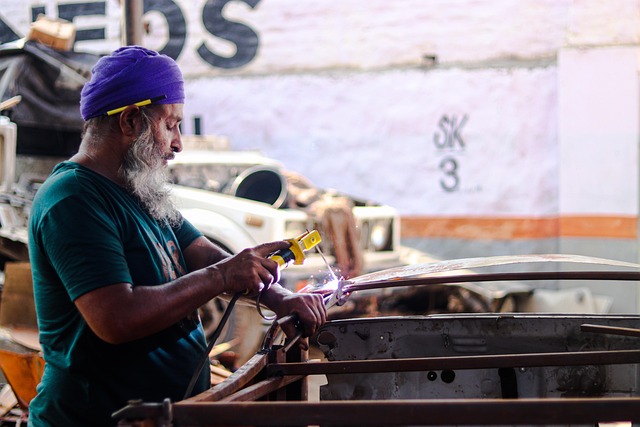
When it comes to repairing door dings and small dents, Professional Detailing Repair (PDR) techniques and the right tools are essential for achieving flawless results. PDR tools have revolutionized fender repair and auto body restoration by enabling precise and non-invasive fixes, preserving the original vehicle bodywork’s integrity and value. These specialized tools come in various types, each designed to handle specific dent removal needs.
One of the most common and versatile PDR tools is the plastic mallet, which gently taps out dents while minimizing damage to the surrounding panel. Another crucial tool is the suction cup, ideal for removing larger dents by creating a vacuum between the tool and the metal, lifting it away from the vehicle’s surface. For finer details and shallow dents, a tap or dent puller is used, applying consistent pressure to pop the dent back into place. Additionally, PDR tools like the dent bracket and pin set allow for more intricate repairs by precisely targeting and adjusting dents, ensuring an accurate and seamless auto body restoration.
Choosing the Right PDR Tools: A Comprehensive Guide for Professionals
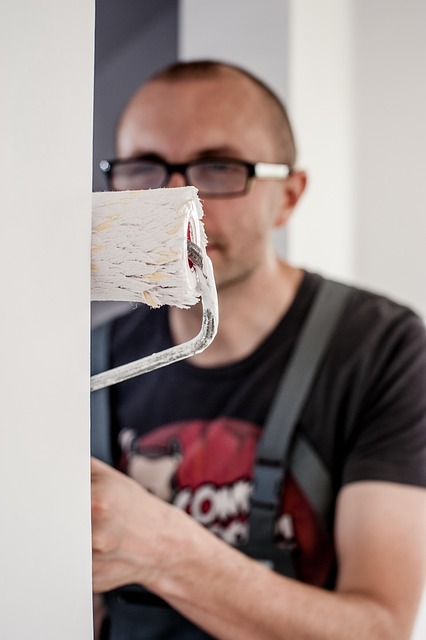
Choosing the right PDR tools is a crucial step for professionals in the collision center and vehicle body repair industry. With various options available, it’s essential to select equipment that aligns with your specific needs and skill level. Consider the type of damage you’ll be addressing—are they primarily door dings or do you also handle bumper repair and more intricate metal work? This determination guides your tool selection process.
For instance, while some PDR tools excel at removing minor dents and dings from car doors, others are designed for complex geometry repairs on vehicle body panels. Weight, ergonomics, and ease of use should factor into your decision as well. Investing in a diverse yet specialized set of PDR tools ensures you’re prepared to handle a wide range of collision center tasks efficiently, providing top-notch bumper repair and restoration services.
In conclusion, professional dent repair (PDR) tools are indispensable for effectively addressing door dings and small dents. By understanding the role of these tools and selecting the right ones, automotive professionals can ensure high-quality repairs that restore vehicles to their pre-damage condition. Incorporating the essential PDR tools into your arsenal is a step towards providing efficient and reliable services.

